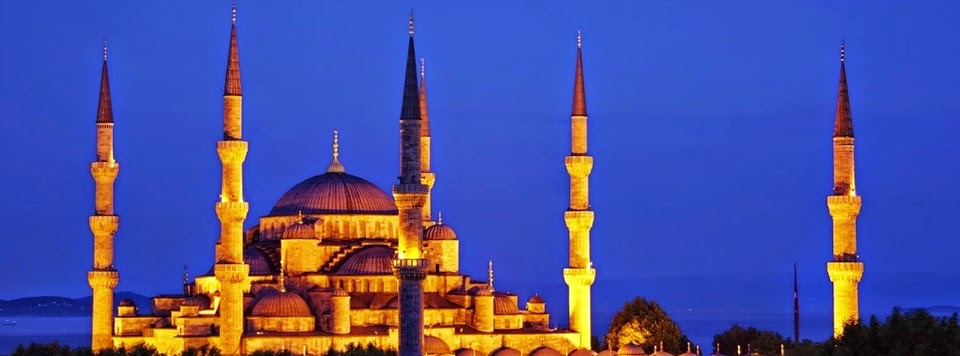Benefits of Booking Flight Tickets Online

If you're a frequent flyer or wish to go abroad, then here comes the suggestion for you personally- book tickets online. Online ticket booking could save you in the problems and head aches of planning the routes and browsing queues. These web based flight suppliers offer simplified services of factor fly! Regardless if you are searching for plane tickets from Las Vegas New York or Atlantic City, obtain the right option and proper time table in couple of clicks. You just need to go into the fundamental information of source and destination together with the dates you need to travel on. The flight websites would present all of the particulars from the plane tickets and costs. It can save you substantially on air tickets, if you opt to book online.
These flight booking www.onetravel.com deal directly using the air travel companies which assist them to offer attractive discount rates and deals on ticket booking. If you need to fly frequently because of business travel, then you need to make sure to join up together. You are able to become their privilege customer and explore advantageous deals. You'll be also titled towards the discount rates throughout peak seasons too. Probably the most favorable a part of coping with online travel ports is information. For example, if you're searching for plane tickets to San Francisco you don't just get status of flight and follow-up information, but additionally directions, parking status, places to go to and all you would use while traveling. The authority to information might have never been so significant!
On these airport terminal sites you will get quality info on the 1000's of international airports, maps and directions towards the airport terminal and chief points of interest, brief good reputation for the international airports and lots of other activities. You are able to become familiar with something more important that you simply always felt the necessity of.
Just one website can provide you with info on various air carriers and back and forth plane tickets. Regardless if you are a weight leisure trip and searching for plane tickets to Miami, or wish to go La to satisfy a company connect, you receive the entire control and control over your vacation.





